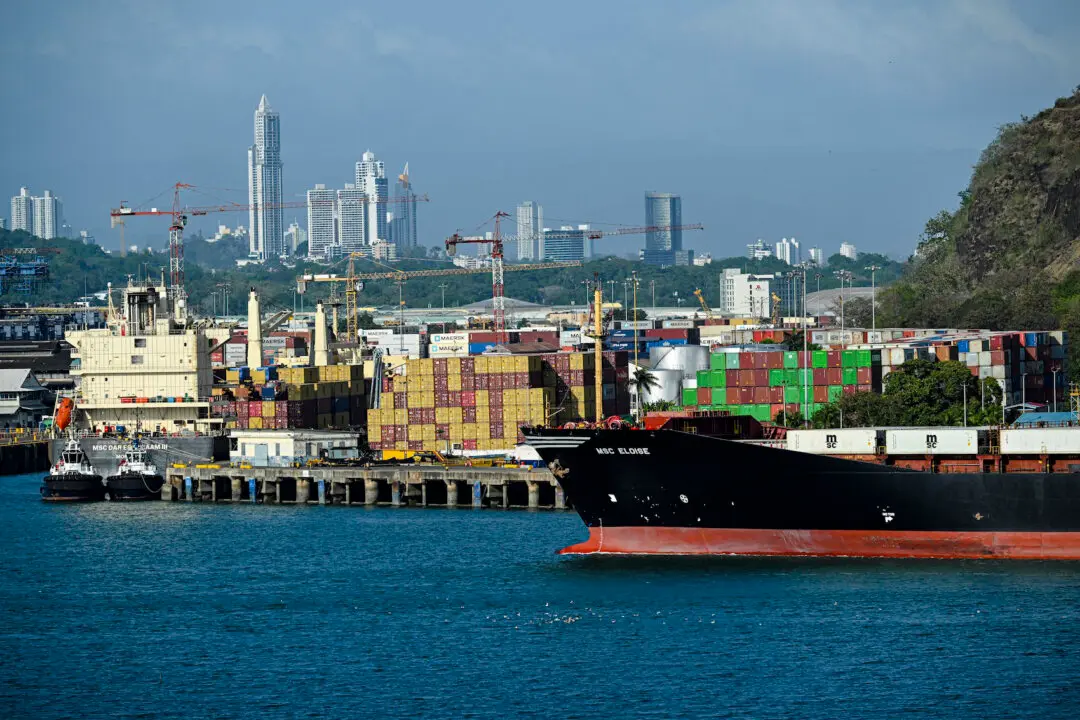As China’s economy continues to slump, experts have pointed out five major signs indicating that the communist regime is facing the worst monetary shortfall.
“2024 may be the year that marks China entering the era of the worst financial shortfall,” said Gong Shengli, a researcher at China Financial Think Tank.




